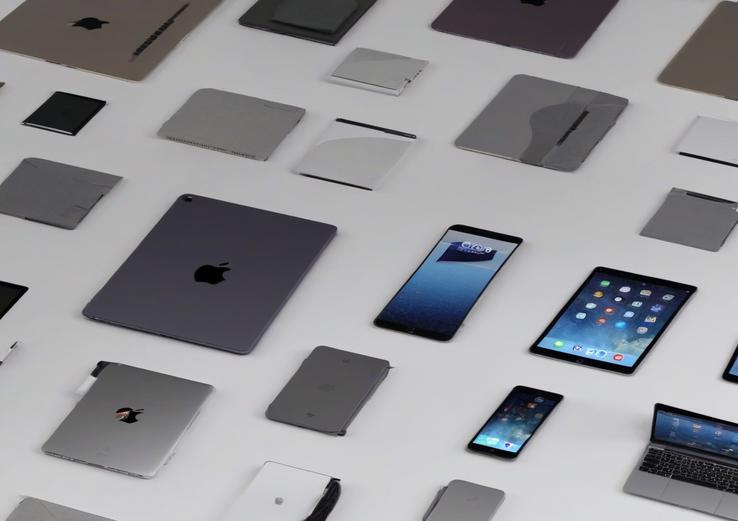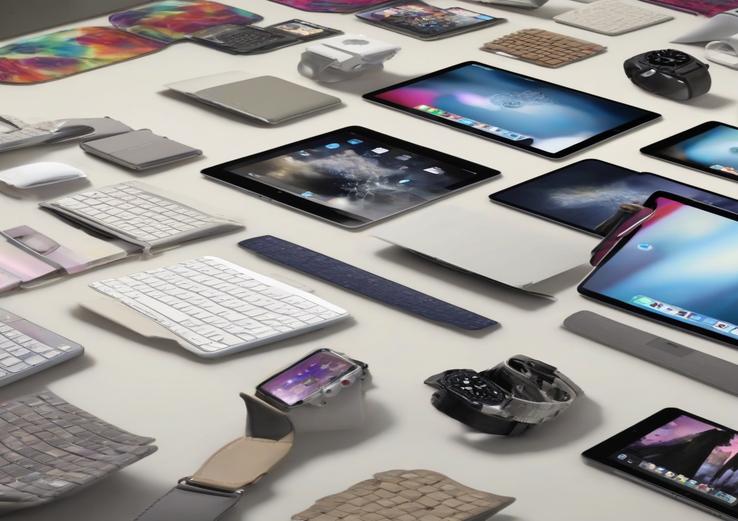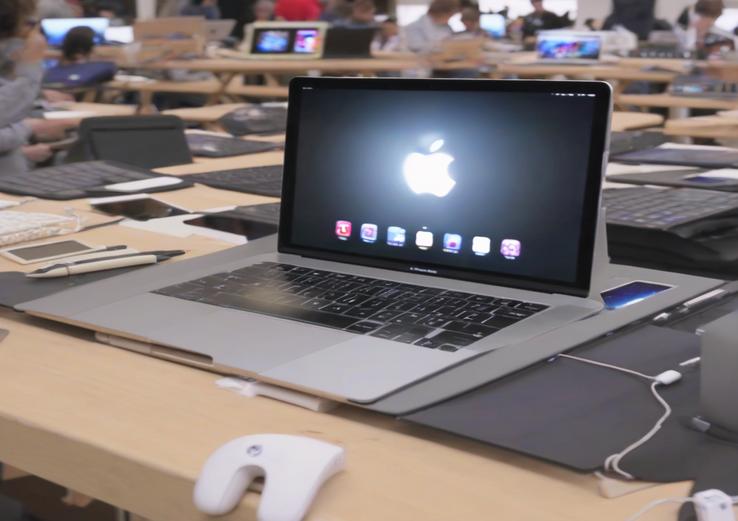
The world of technology is constantly evolving, and Apple’s products are at the forefront of this evolution. In recent years, the iPad has undergone significant transformations, blurring the lines between tablets and laptops. One aspect that has gained significant attention is the rising cost of iPads, which now rival the prices of MacBooks. But when did this shift occur, and what factors have contributed to the increasing expense of these devices?
To understand the phenomenon of iPad prices creeping up to MacBook levels, let’s take a step back and examine the history of Apple’s tablet family. The first iPad, released in 2010, was marketed as a more affordable alternative to laptops, with a starting price of $499. The device was positioned as a consumption-centric product, suitable for browsing the internet, watching videos, and reading e-books. As the years went by, Apple continued to iterate on the iPad, introducing new features, and expanding its capabilities. The iPad 2, released in 2011, added front and rear cameras, while the iPad 3 (2012) introduced Retina display and LTE connectivity. These enhancements, while notable, didn’t drastically impact the pricing of the device, which remained relatively affordable.
The turning point came with the introduction of the iPad Pro line in 2015. The 12.9-inch iPad Pro, with its larger screen and more powerful processor, was designed to appeal to creative professionals and enterprise users. The base model of the iPad Pro started at $799, a significant increase from the standard iPad’s entry-level price. This marked the beginning of a new era for the iPad, as Apple started to position it as a viable alternative to laptops for certain tasks. The subsequent release of the iPad Pro 9.7 (2016) and the 10.5-inch iPad Pro (2017) further solidified this trend, with prices ranging from $899 to $1,299 for the top-of-the-line models.

The next major development that contributed to the rising cost of iPads was the introduction of the Apple Pencil and Smart Keyboard in 2015. These accessories, designed to enhance the productivity and creativity capabilities of the iPad, added significant cost to the overall package. The Apple Pencil, priced at $99, and the Smart Keyboard, starting at $169, became essential tools for users who wanted to get the most out of their iPads. As the iPad’s capabilities continued to expand, so did the prices of its accessories, with the current-generation Apple Pencil costing $129 and the Clear Case for the iPad Pro selling for $49.
The current iPad lineup reflects the culmination of these trends, with prices that rival those of MacBooks. The base model of the 11-inch iPad Pro (2020) starts at $899, while the 12.9-inch variant begins at $1,099. The top-of-the-line 12.9-inch iPad Pro with 1TB of storage and 16GB of RAM costs a staggering $1,649, which is comparable to the price of a MacBook Air. The iPad Air (2020), positioned as a more affordable alternative to the iPad Pro, still starts at $599, with the 256GB model selling for $749. These prices demonstrate that the iPad has become a premium product, targeted at users who require a powerful, portable device for a variety of tasks, from content creation to productivity and entertainment.

Several factors have driven the increasing expense of iPads, including advancements in display technology, processor performance, and memory capacity. The adoption of OLED displays, improved camera systems, and enhanced biometric security have all contributed to the rising cost of these devices. Additionally, the growing demand for larger storage capacities and faster processors has led to increased production costs, which are then passed on to consumers. As Apple continues to push the boundaries of what is possible with the iPad, it’s likely that prices will remain high, reflecting the device’s expanded capabilities and premium status in the market.
Apple’s pricing strategy for the iPad has significant implications for the broader technology industry, as it reflects a shift towards premiumization and a focus on high-end products. As consumers become more discerning and demanding, manufacturers are responding with devices that offer advanced features, improved performance, and sleek designs, all of which come at a cost. The iPad’s journey from a relatively affordable tablet to a premium product with MacBook-like pricing serves as a testament to the evolving nature of technology and the changing needs of consumers. As we look to the future, it will be fascinating to see how Apple continues to innovate and expand the capabilities of the iPad, and how the market responds to these developments.
